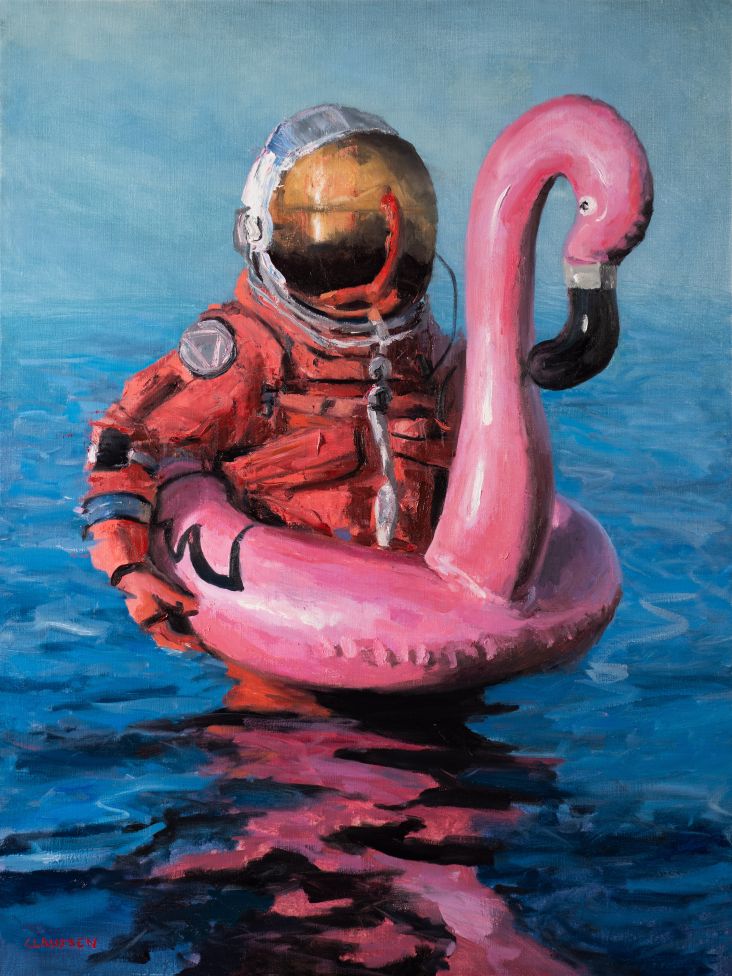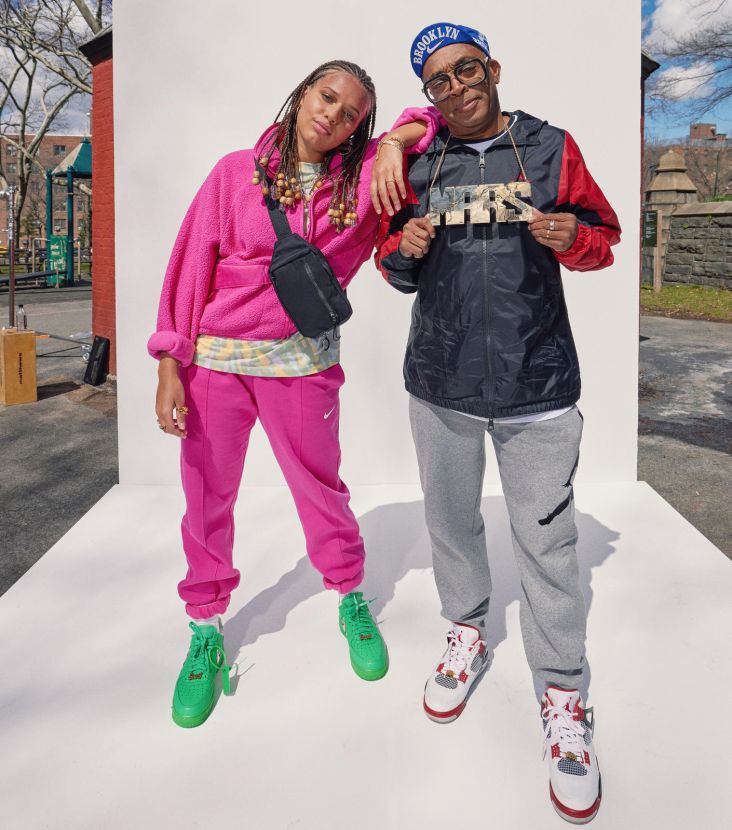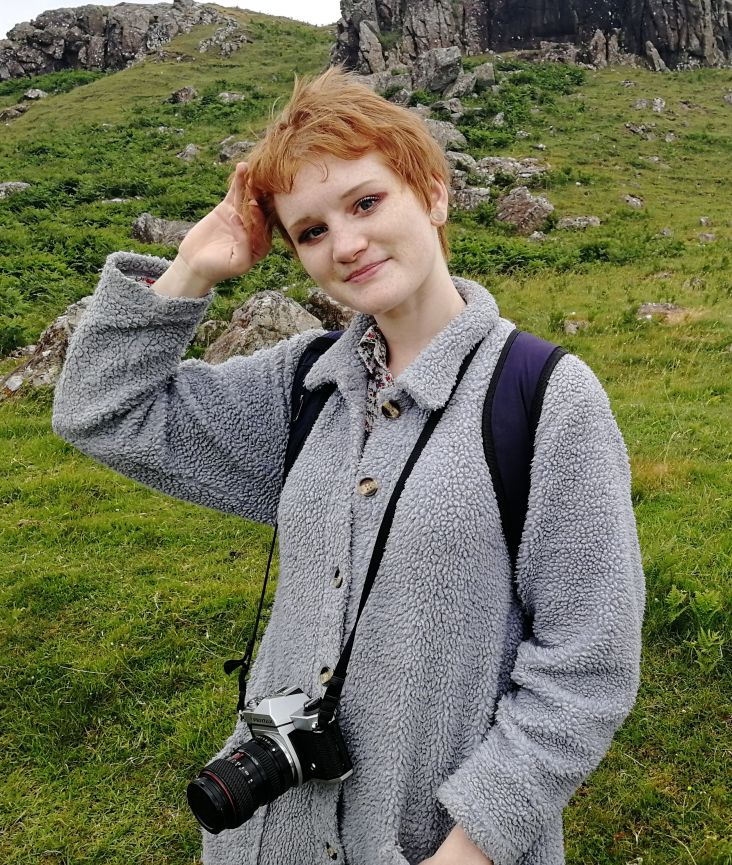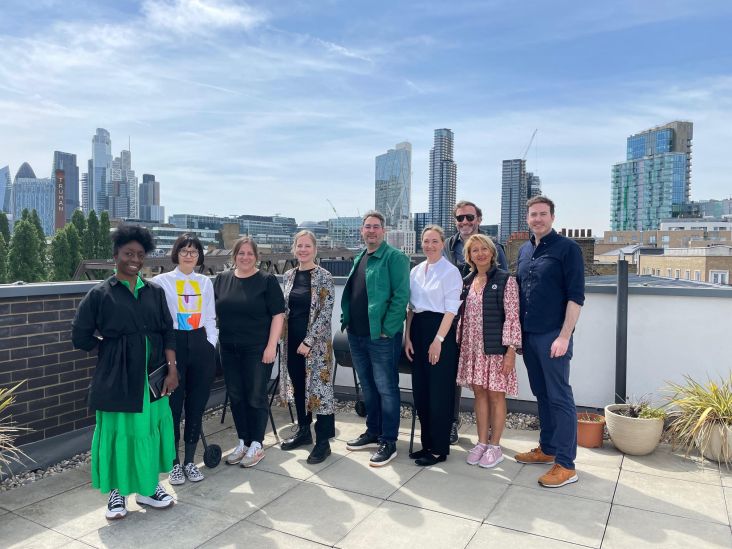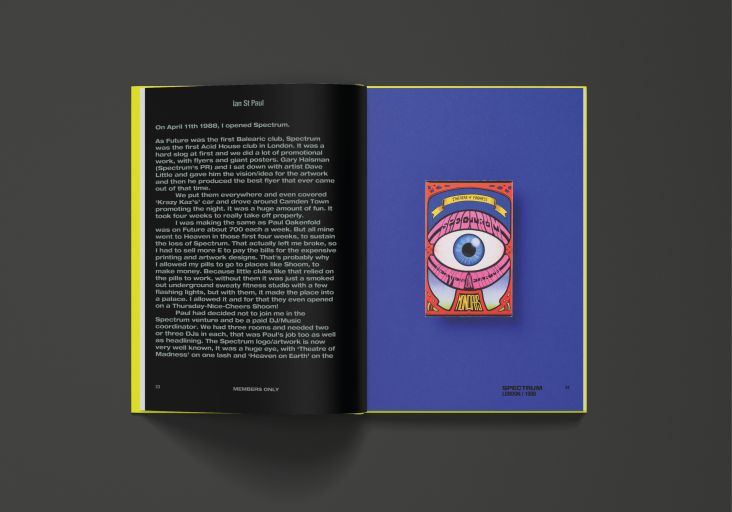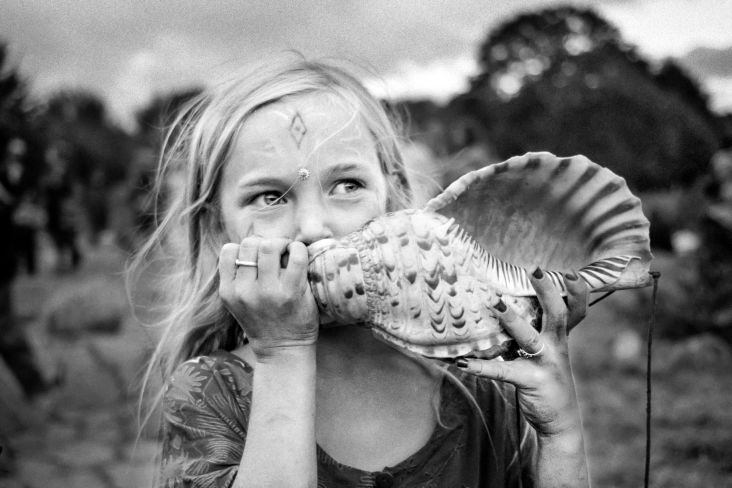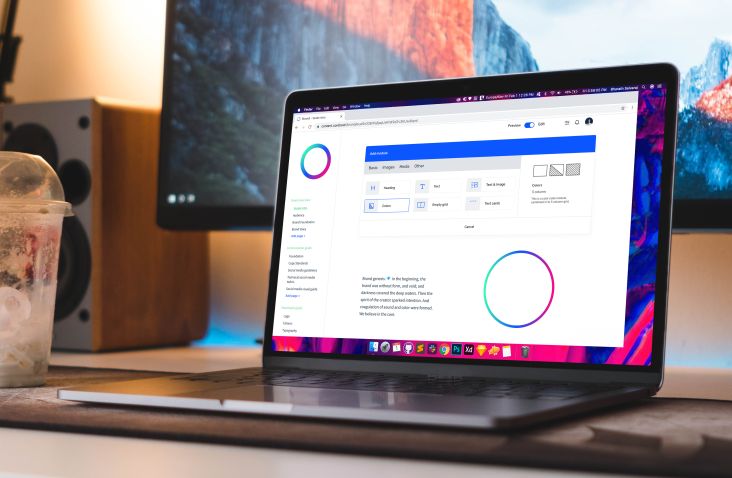22 fantastic tools and gadgets for video creators in 2022
Once, video creation was something only specialised professionals engaged in, while the rest of us only dabbled or stayed well clear altogether. But those days are long gone. In 2022, more and more independent designers, artists and illustrators are getting involved in making original video content.
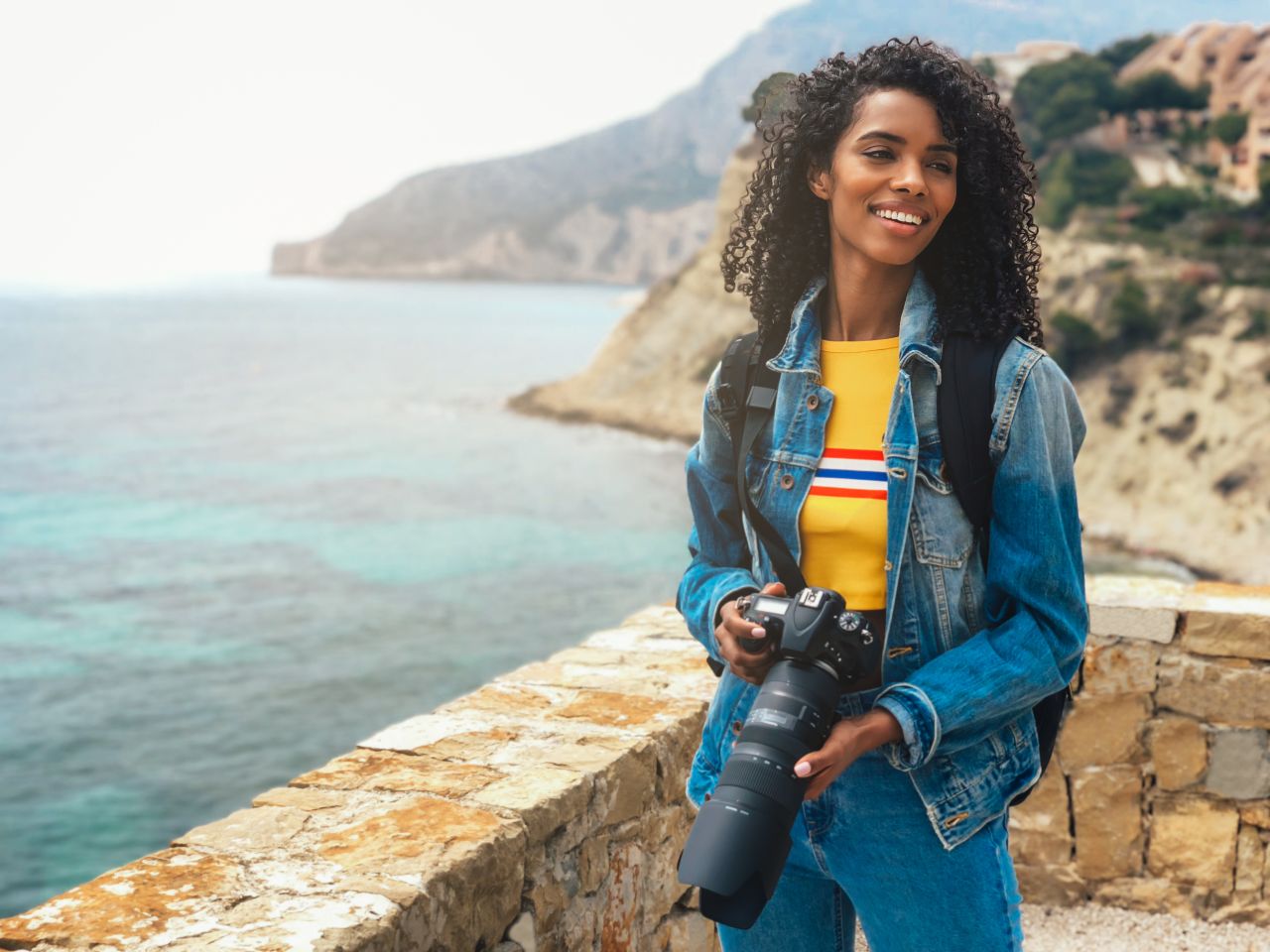
Image licensed via Adobe Stock
That might be part of a 360-degree client project, which requires both still and moving images. You might be joining the thousands of creatives promoting themselves via TikTok. You may have found (like us) that getting engagement and likes on Instagram increasingly requires video rather than static images. You may be capturing short clips or more in-depth pieces, filming from your desk, in your studio, or out and about.
Wherever you're creating and sharing your videos, you're part of a huge trend sweeping the industry. And if you're not there yet, it's only a matter of time.
The importance of kit
The good news is that all the creative skills and insight you apply to still image making are easily transferable to video. But you'll also need some decent kit.
Pro-level video equipment will help your content look slick and polished and help you stand out from the millions of amateurs on social media. And best of all, it doesn't need to cost a fortune.
We're big fans of MPB, an online store for buying second-hand photography and videography gear. This creative company is staffed by trained camera experts and veteran videographers who know what's what. And so all the gear you'll find here will be well worth investing in. (Plus, of course, it's much better for the planet to buy second-hand items than new ones!)
Every piece of kit that passes through MPB is scrutinised by product specialists and comes with a six-month warranty, so you're certain to get high-end, reliable video equipment, saving a third on average than you'd pay normally.
So, are you ready and willing to embrace the new era of video content creation? If so, we're here to help you get started with cameras, lighting, microphones, stabilisers, and editing software. Read on as we outline the kind of equipment you'll need, what to buy, and – where possible – how to get a second-hand model for a very affordable price.
1. Choose the right camera
If you need a decent video camera, one starting point in 2022 could be your phone. These days, the cameras on high-end and even mid-range phones are far superior to what you'd find a couple of years ago. So if you're due an upgrade with your phone anyway, you're going to be killing two birds with one stone.
For most creators, the go-to for the smartphone remains the iPhone. Apple's latest and greatest, the iPhone 13 Pro, offers 4K video capture at up to 60 frames per second, as well as a new Cinematic Mode, which allows you to record videos with a shallow depth of field for a cinema-grade look.
That said, some Android phones go even further when it comes to video. Most notably, the Samsung Galaxy S22 Ultra comes with a 108MP sensor that can capture 8K at 24fps and offer superior night-time shooting capabilities. Either way, you can use the free app Camo to link your computer's webcam to your new phone camera and instantly upgrade the quality of your streaming video and Zoom calls.
Compact and mirrorless cameras
On the downside, the latest smartphones are staggeringly expensive. And if you really want to give the best look for your video footage, they're not even the number one choice. Instead, you want to be thinking like the top YouTubers and buying a dedicated camera for your video.
With a physically larger image sensor, you're going to get more light into your lens, which will drive up the quality of your video content. Plus, if you buy second-hand, you may spend less than you would on a top-end phone.
If you're seeking an affordable option, we'd highly recommend the Sony ZV-1. A favourite of influencers everywhere, this 20MP compact is purpose-built for vlogging. That means it allows you to capture superior-quality video within a physical design optimised for content creation.
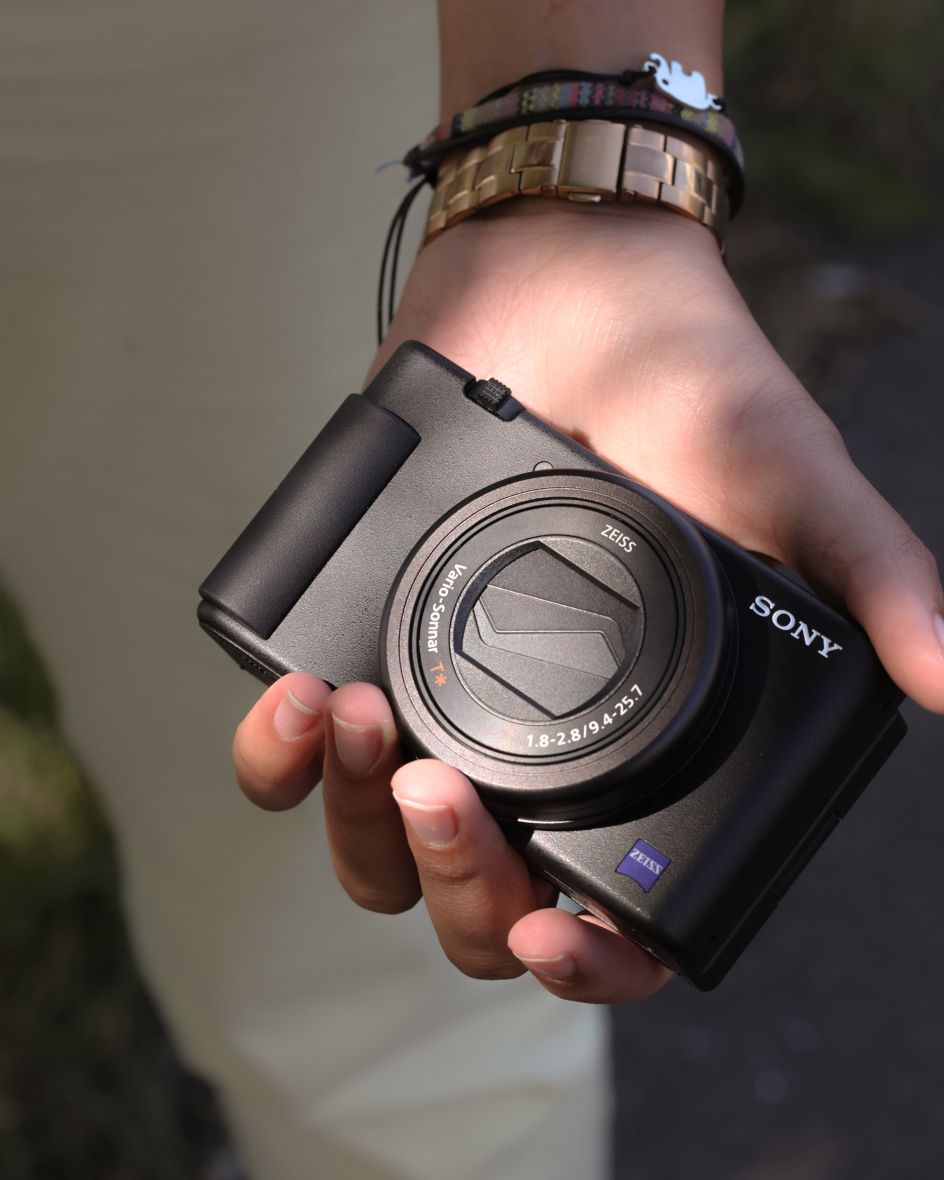
Sony ZV-1
For example, the screen can be tilted at various angles, which is perfect for shooting vertical video. The large 1.0-type CMOS sensor and wide-aperture lens deliver images with professional background bokeh. Automatic exposure (AE) tracks faces and makes sure they always appear well-lit. And there's first-class image stabilisation to keep things steady when you're on the move.
Got a little more to spend? The Sony Alpha A7S III is a fantastic option for those with higher budgets, and another favourite with content creators. With this gorgeous mirrorless camera, you're getting the ability to record 4K up to 120fps: perfect for slow-motion sequences. Autofocus and low-light performance are exceptional too, and overall, this is a great hybrid camera for both stills and video capture.
Full-frame, action & drone cameras
Alternatively, you could take a step up from a mirrorless and try shooting with a full-frame camera, giving you better low-light performance, greater control over depth of field, and wider dynamic range and colour depth. Take a look at the much-loved Canon EOS 5D Mark III; wildlife photographer and videographer Dani Connor says of switching to this full-framer: "My photography game went up a level."
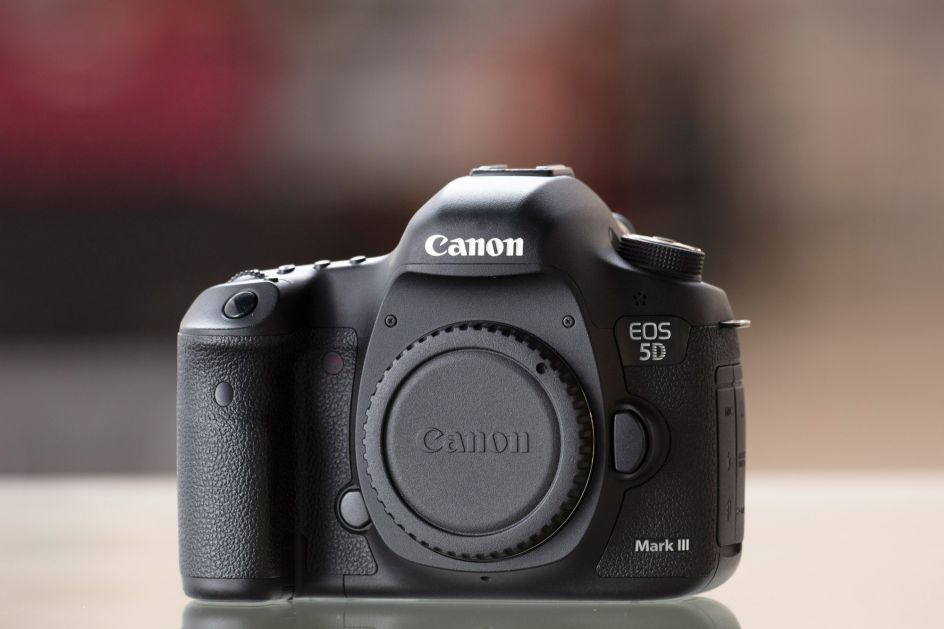
Canon EOS 5D Mark III
For an accompanying lens, we recommend the Canon EF 300mm f/2.8 L IS II USM. Its fast f/2.8 aperture opens up the light beautifully, and the image stabilisation feature means you'll capture smooth and flawless footage.
That said, if your video projects are on the adventurous side, you might be better of with a dedicated action camera. We love the GoPro HERO9, with its powerful 23.6MP sensor and high res 5K video capture, at up to 30fps. Or, if you're looking to shake things up, maybe try a drone camera. The DJI FPV Drone Combo comes fitted with a 4K, 60fps gimbal camera that can send low-latency video to your included FPV Goggles V2, for a near real-time experience.
2. Lighting
While you need a decent camera to capture video professionally, that's not the end of the matter. What's just as important is a smart use of lights, which can truly transform your content from amateur to pro.
If you're shooting video at your desk, you probably only need one, and we recommend the Elgato Key Light. Perfect for streamers wanting to achieve a professional look, it offers balanced, glare-free diffusion, a colour temperature of 2900 to 7000K, and an output of up to 2,800 lumens. Yes, it's not the cheapest on the market, but you really will be able to see the difference in quality.
Once you step away from the desk, you'll need a few more lights for best results; in keeping with the standard 'Three-Point Lighting' technique used across video, film, TV and other visual media. The three points we're talking about are the key light, fill light and backlight. The aim of using all three lights, or more, is to give a three-dimensional look to your 2D video.
The key light is your main light and is placed to one side of your subject so that this side is well lit, and the other side is in shadow. The fill light is your secondary light source and is placed on the opposite side; it's usually softer and less bright (typically half as much). Finally, as the name suggests, the backlight is placed behind the subject to provide a subtle definition and separate it from the background.
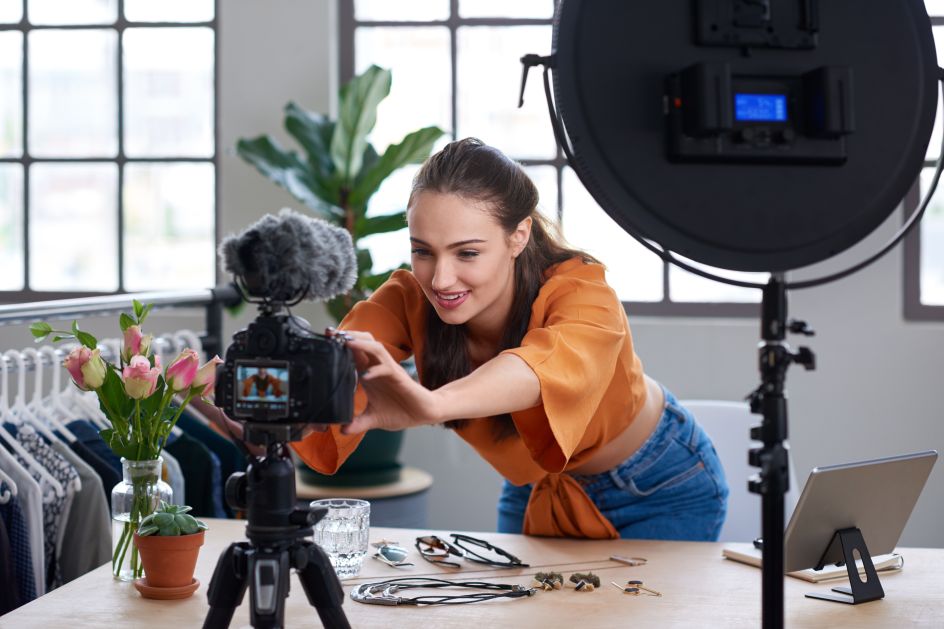
Get your lighting right with the 'Three-Point Lighting' technique. Image licensed via Adobe Stock
3. Audio
Although we don't always think about it, when it comes to video, the sound is just as important as visuals. And so, investing in a decent mic can really make a difference to the quality of your footage.
Shooting video at your desk? Then we can personally recommend the Blue Yeti. A stalwart of the podcasting industry, this is a great condenser mic and very easy to set up, making it the perfect all-rounder for beginners. That said, it's popular with pros too, and the inclusion of four directional pattern modes — cardioid, omnidirectional, bidirectional and stereo — adds lots of flexibility when creating video content.
A close alternative is the JLAB Talk. You get the same four recording modes and impressive audio quality, and while there are small differences, there's not much to choose between them. So if you can snap up JLAB Talk for a significantly lower price (which we could at time of writing), it's going to be your better bet.
If you're shooting videos away from your desk, neither of these choices will suit, as you'll need to be hands-free. So if, for example, you're demonstrating how you paint or doing a craft activity with your hands, you'll want a lapel style mic, which you can just attach and forget about. Our top pick is the Rode Lavalier, as its low self-noise, user-friendly omnidirectional mode, and minimal appearance make it perfect for shooting dynamic video clips.
4. Stabilisers
One of the keys to making a professional-looking video is keeping everything nice and steady. 'Shakycam' is fine as an intended effect, but when it happens accidentally, it makes your video look super-amateurish. Thankfully, there are many devices to help you avoid it.
If you're shooting on your desk or floor with a mirrorless or full-frame camera, you'll want a tripod. The best in show right now is the Manfrotto 190X Aluminium Tripod. This robust and well-made tripod can hold up to 15.4 lb of gear (more than enough for most video setups) and has a maximum height of 63 feet.
Meanwhile, if you need to mount a smartphone, there are lots of dedicated tripod adapters on the market. Our favourite is the Universal Smartphone Clamp, again from Manfrotto. It's compatible with any smartphone up to 3.2-inches wide and accommodates cases as well; the ideal choice for capturing video with your phone.
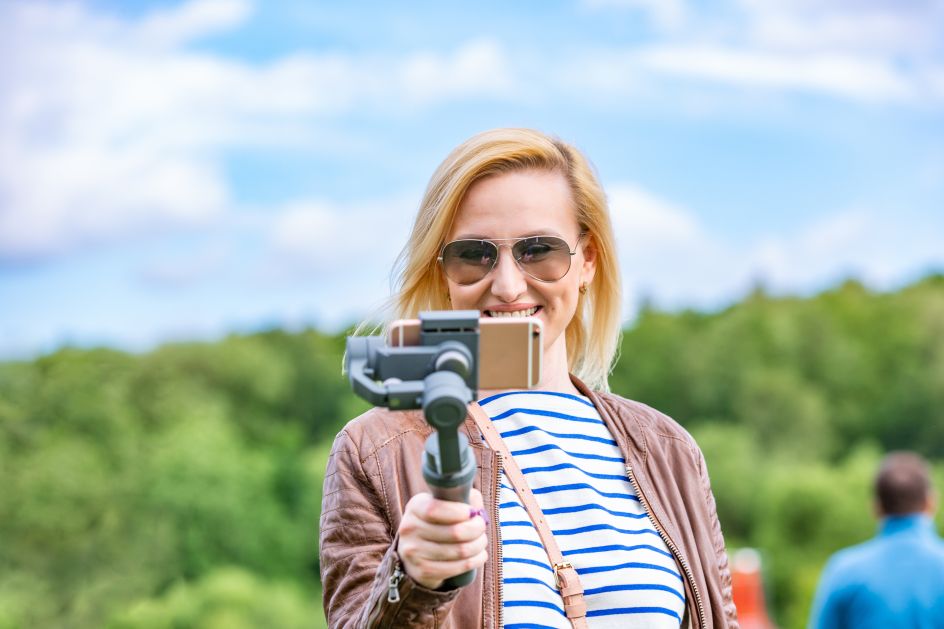
A gimbal can help your videos have that professional edge. Image licensed via Adobe Stock
When you're out and about, you can keep your footage nice and steady by using a Gimbal. A good option for smartphones is the Zhiyun Smooth-Q Smartphone Gimbal, which supports vertical mode as well face-tracking, panoramic and time-lapse modes. Balancing is done with one button, and with a load capacity of 7.8oz (22g), it can even handle larger iPhones like the iPhone 7 Plus.
We're also big admirers of the DJI Osmo Mobile 4, a 3-axis smartphone gimbal. It's foldable for extra portability, and you can attach it to your smartphone magnetically in a snap, making it great for creating video content in a fast-paced situation. Finally, if you need a camera too, check out the DJI Osmo Handheld 4K Camera and 3-Axis Gimbal, which offers the benefits of stabilised 4K shooting in a handheld form factor.
5. Video editing software
Once you've bought your gear, you'll want to enhance and edit your footage to make it as professional as possible. And that means using video editing software.
At the premium end, there's nothing to beat the two market-leading suites, Adobe Premiere Pro and Final Cut Pro, which are routinely used by video editors on professional TV and movies (although note that Final Cut Pro is Mac only). However, for newcomers to video editing, they are pretty complex, and they're also seriously expensive. So depending on your level of experience, you may be better off with something cheaper and simpler.
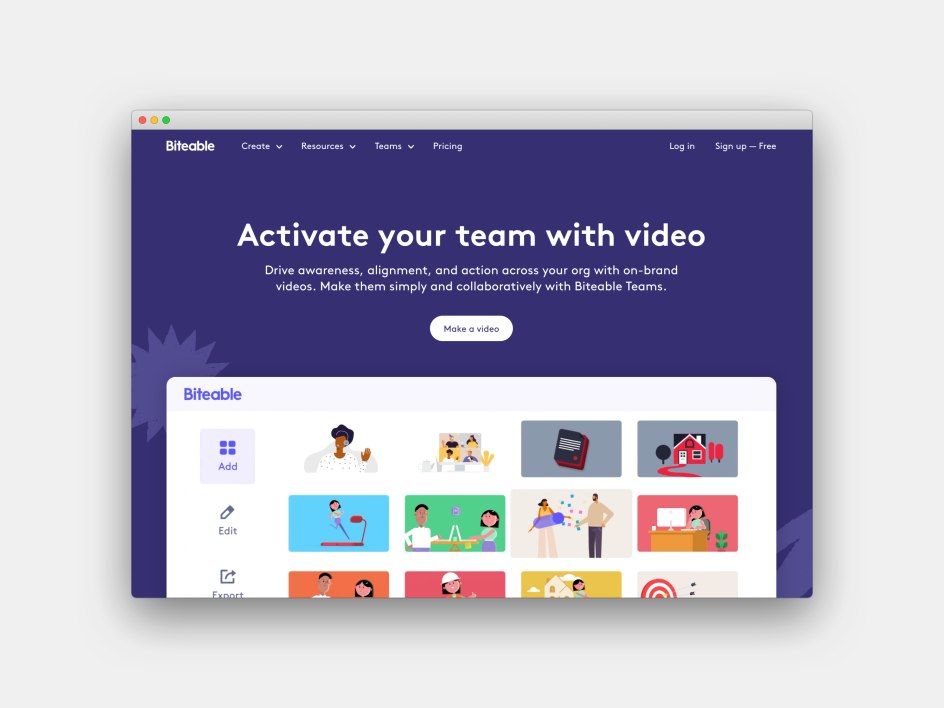
Biteable, video maker
Adobe itself offers a slimmed-down version of Premiere Pro called Premiere Rush, which is cheaper, mobile-friendly, and even offers a free plan. Simpler still is Adobe Express (formerly Adobe Spark), a free app which makes it easy to make simple videos for marketing and social media use. Away from Adobe, the freemium apps Beatflyer and Biteable also offer an easy way to create bite-sized marketing videos, either with stock video or uploaded footage.
Finally, royalty-free stock music can help add that final professional touch to your clips. To find the best soundtrack for your footage, check out our rundown of the 12 best stock music sites, or just head straight to our number one pick, Epidemic Sound, which comes with a 30-day free trial.





 by Tüpokompanii](https://www.creativeboom.com/upload/articles/58/58684538770fb5b428dc1882f7a732f153500153_732.jpg)

 using <a href="https://www.ohnotype.co/fonts/obviously" target="_blank">Obviously</a> by Oh No Type Co., Art Director, Brand & Creative—Spotify](https://www.creativeboom.com/upload/articles/6e/6ed31eddc26fa563f213fc76d6993dab9231ffe4_732.jpg)









